My great grandmother is a mystery to me. My mother knew her well, but she’s 93 and can’t think of much to say about her. My cousin knew her too, but she has nothing to add either. I have no photos, no diaries, no one’s memories.
Here’s what little I do know. She had thick hair that she wore in a knot at the back of her neck. When she got old it turned pure white. She had a sweet face. She called my mother “Little Joe,” though her name is Ruth. She made mackerel cakes for lunch when her daughter and family came to visit.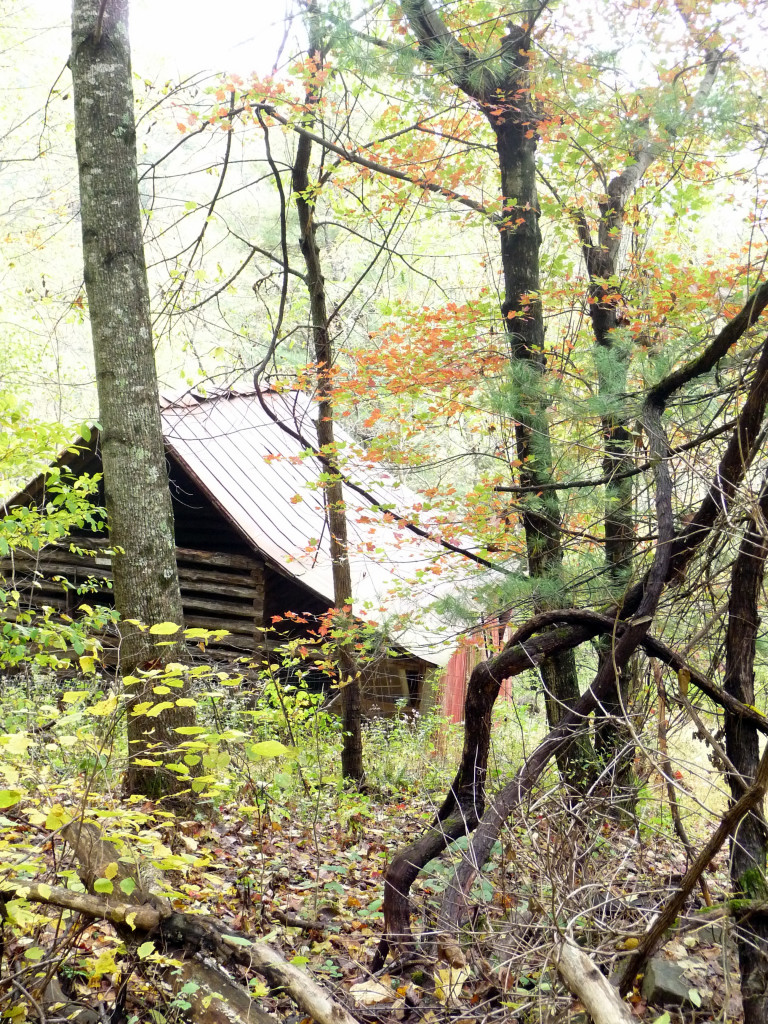
Mary Margaret Magdalene Meadows was born on May 10, 1864 in the Blue Ridge Mountains of Page County, Virginia.
The “Magdalene” part of her name is not confirmed, but my mother tells me that was her second middle name, and I have seen “Mary M. M. Meadows” on several documents. So I’m going with it.
Mary was born during the Civil War, just about the same time her father died from it.
Not in it, mind you, but from it. The circumstances are a mystery, and there are several theories, but no evidence that would confirm any one of them.
One thing is certain: Mary grew up a fatherless child, and for this it is said she was given powers.
A girl who is born after her father dies is said to have the gift of healing a baby’s thrush. The healer has only to lean close and blow gently into the baby’s mouth.
Mary Meadows had this power, and through her life many new mothers c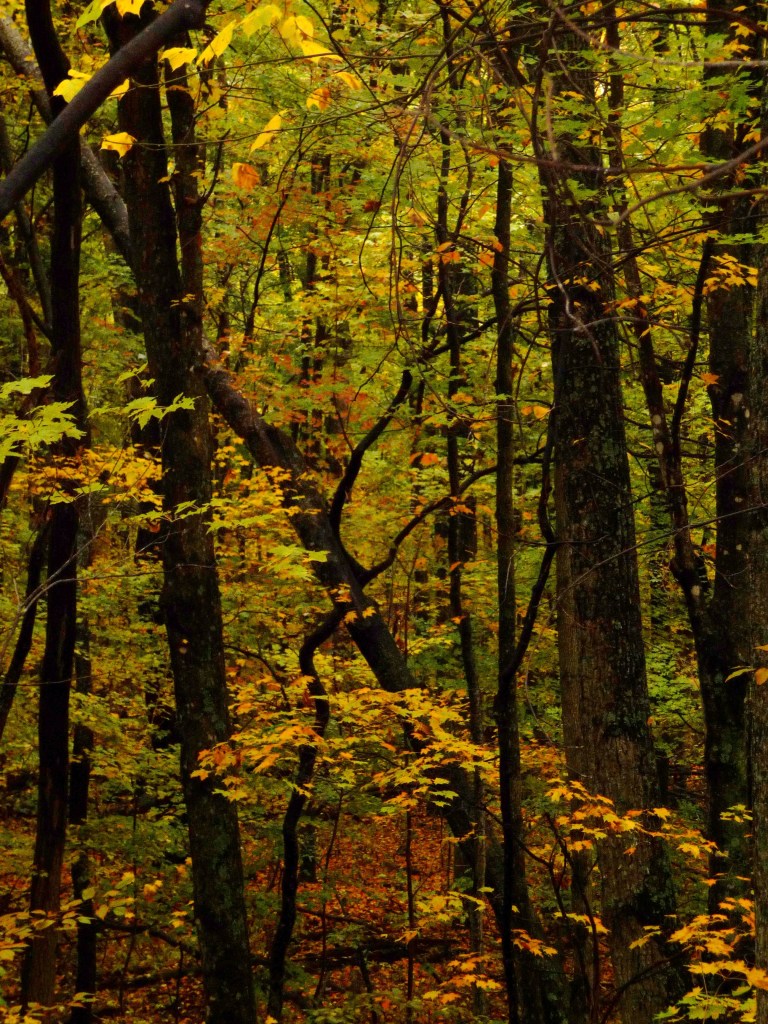 ounted on her healing breath. My mother says this was her only extraordinary healing power, but that it was well-used.
ounted on her healing breath. My mother says this was her only extraordinary healing power, but that it was well-used.
My grandmother, Florence Collier Merica, who was Mary’s child, learned many remedies from her mother.
Put an axe under the bed of a birthing woman and it will cut the pain in two, she said.
Brew ginseng root into a tea for the flu, sassafras for a fever.
Give brandy with sugar and water to a child with a cold.
I’m sure there were other poultices and tonics, oaths and spells that were engaged when needed.
Maybe I can pluck one or two more out of my mother’s memory, but mostly they are lost to history, as much a mystery to me as Mary Margaret Magdalene Meadows.
Mary Meadows married William Collier in 1884, when she was 20 years old. He was 28.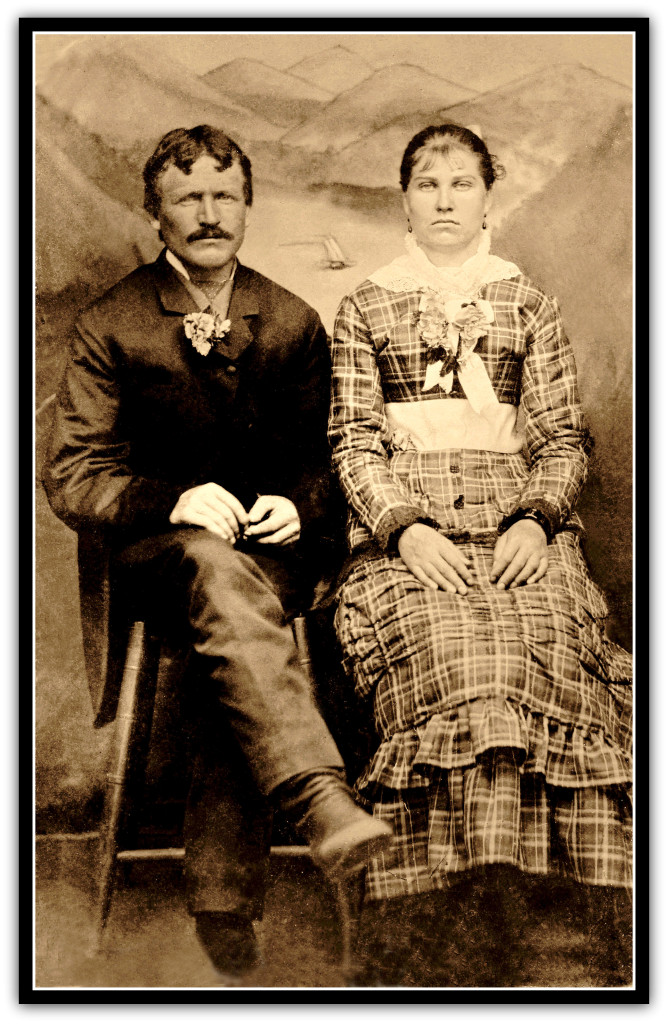
He went by his middle name, Durret, which, with the Blue Ridge accent, came out as “Dirt.”
They owned property in the Blue Ridge. I recall it was a little over 450 acres.
Durret and his son-in-law, my grandfather, shaved tan bark in the spring to sell to the tannery in Elkton. That land made them a decent living.
Mary raised five healthy daughters and a big, strapping son. Annie, Emmie, Florence, Maggie, Charles, and Minnie, in that order.
They all grew up and married fine spouses, built or moved into homes of their own, and started raising their families.
Then came 1925. In late July Durret died of Hodgkin’s lymphoma after a long and painful illness. He was 69.
One month later their daughter Maggie died too, far too young, and leaving a 13-year old daughter.
So at age 50 Mary took on the granddaughter Maggie left behind. 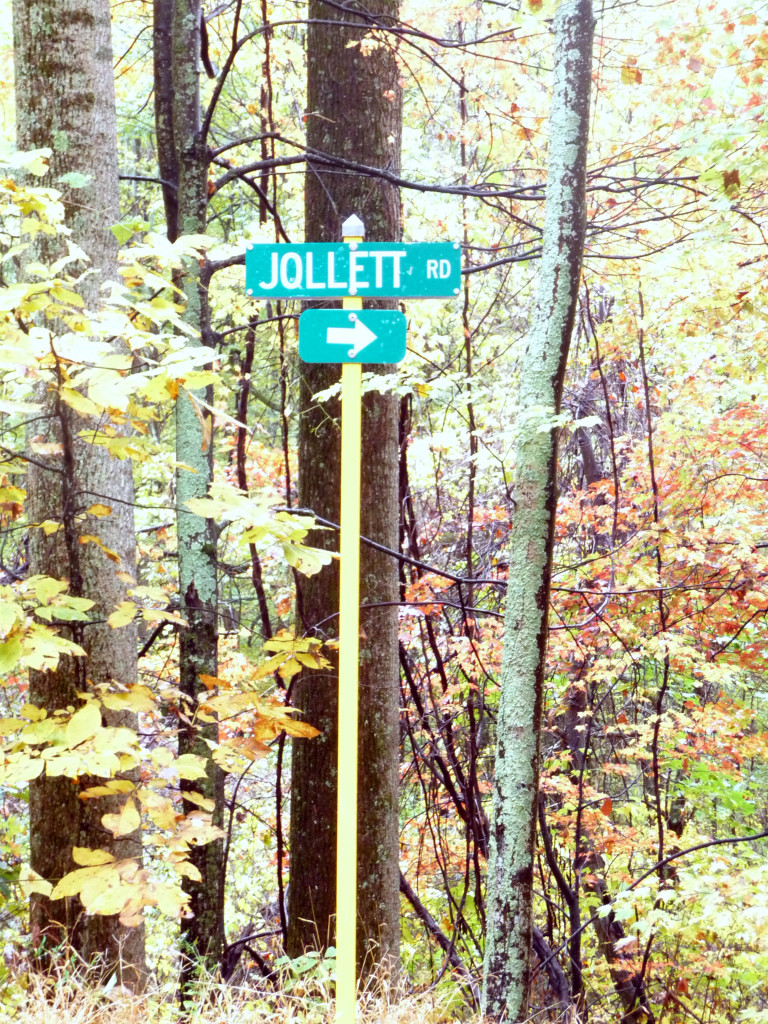 Maggie’s husband Comie Watson, a handsome young man, couldn’t care for his daughter, either through grief or aptitude, or because the family decided young Elsie Mae needed a woman’s care.
Maggie’s husband Comie Watson, a handsome young man, couldn’t care for his daughter, either through grief or aptitude, or because the family decided young Elsie Mae needed a woman’s care.
Elsie was raised with care, as loved as any child could be, and doted on by her grandmother and four aunts.
All Mary’s family was dear to her, and near to her. Only one daughter moved away, to Newport News, a half day distant. The others lived within a few miles of her Jollett Hollow home, two in #2 Furnace and two in Fleeburg.
What a time there was when the daughters visited! They sat and gossiped the afternoon away as the children played wild inside and out, or quietly read or listened while the women talked.
Her second to oldest, Florence, who was my mother’s mother, took her younger children with her on these visits.
When she could, she got her son Jesse to drive them, either in the car or in the wagon. Occasionally her husband Tom came along and did the driving.
Tom always greeted Mary the same, “Afternoon, Miss Mary.” Mary always answered, “Oh, Tom!” Theirs was a true respect and affection.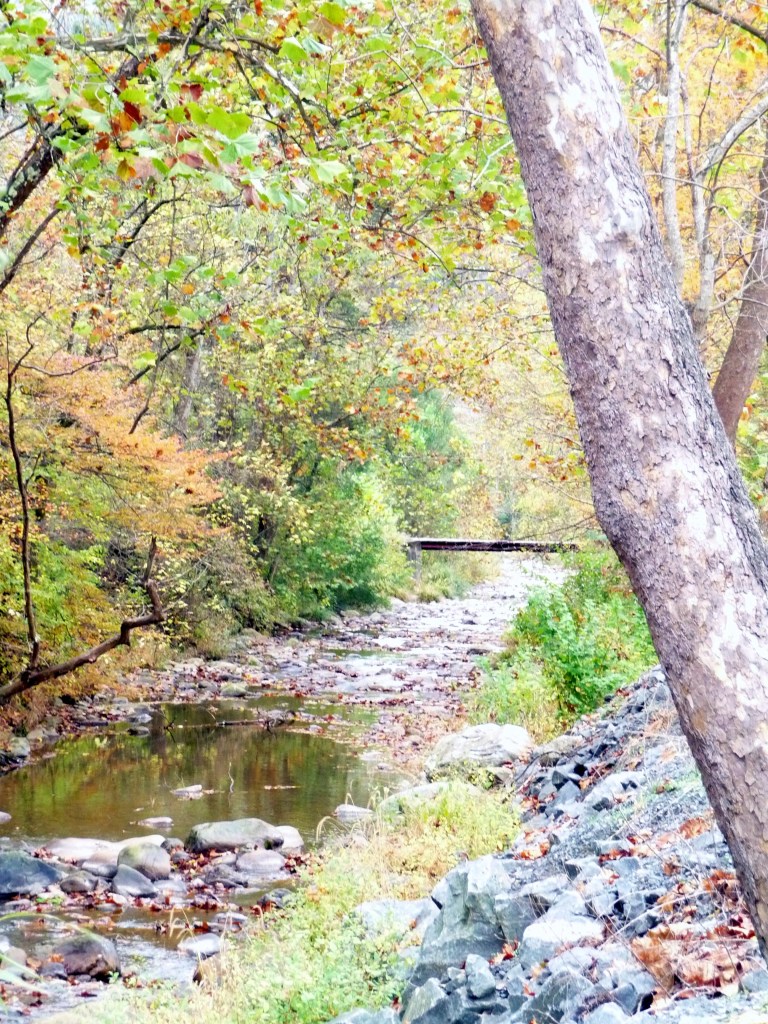
If there was no one to drive them, Florence and the children walked the several miles from Fleeburg to Jollett Hollow. Or, as the community called it, “Jolly Holler.”
They commenced several miles down Fleeburg Road, past Minnie’s house, past their beloved Oak Grove Church, then across Naked Creek and left onto Naked Creek Road.
They walked up past the Merica Store, the road winding with the creek, about six miles distant, till they reached the plank footbridge that took them across to Mother Mary’s log house.
As a routine they stopped along the way at Merica’s Store to buy several cans of mackerel.
They took the mackerel to Mary and she tossed it with an egg and a little cornmeal, shaped it into patties, and fried the cakes up in lard till they were hot and crispy. These were savored by the women and children alike during those visits.
After lunch the children might leave the women alone to talk in peace.
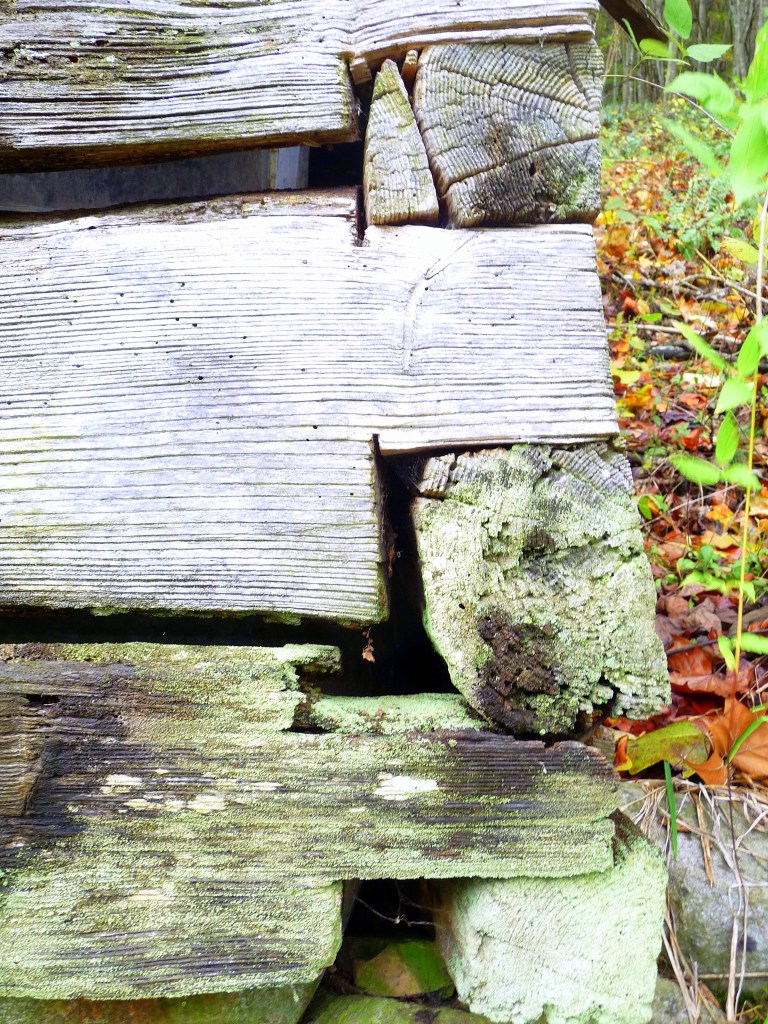 One late fall day Elsie was asked to watch little Ruthy and Annie Merica, my future mother and her little sister, play outside after lunch.
One late fall day Elsie was asked to watch little Ruthy and Annie Merica, my future mother and her little sister, play outside after lunch.
They got down to the bridge and started across. Elsie called to the children to be careful, just as little Annie gave Ruthy a good shove and she fell in.
Elsie ran into the cold creek, grabbed up Ruthy, and raced into the house to get off the sogged wool clothes and wrap her in a warm blanket.
All that afternoon Ruthy sat by the stove and listened to the women chatter, and loved every moment of it.
I wish I had a picture of that old log house. I remember it vaguely, still standing on the hill long decades after Mary died, logs mortared with mud chinking that was now so loose that the wind leaked in, three wood steps and a stoop up to the front door, packed dirt floor inside, though the second story was fairly nice with plank floors and better walls. Only Elsie lived there now, as old and decrepit as the house, with her vast and beloved store of folk songs she had gathered through the years.
I wish I had taken a photo the last time I saw it. Better yet, I wish I had wandered through with the nostalgia that I feel now that I am older. I would have liked to feel my great grandmother in that space, for I am certain her energy still radiated. Then I could have known a little more about her, not through documents or facts or other people’s memories, but through my own senses.
But it’s too late now. And what I’ve said is all I know about my great-grandmother. Except for where she was buried after dying on November 21, 1953, five months after I was born. Mary Margaret Magdalene Meadows and William Durrett Collier rest now in the Samuels Cemetery in Jollett Hollow, where I visit them whenever I am in that part of the world.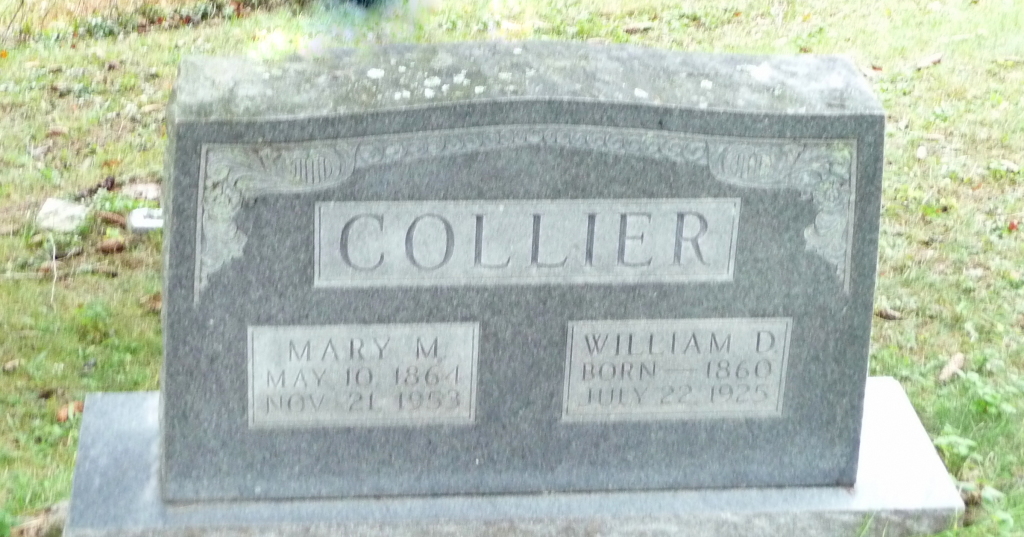


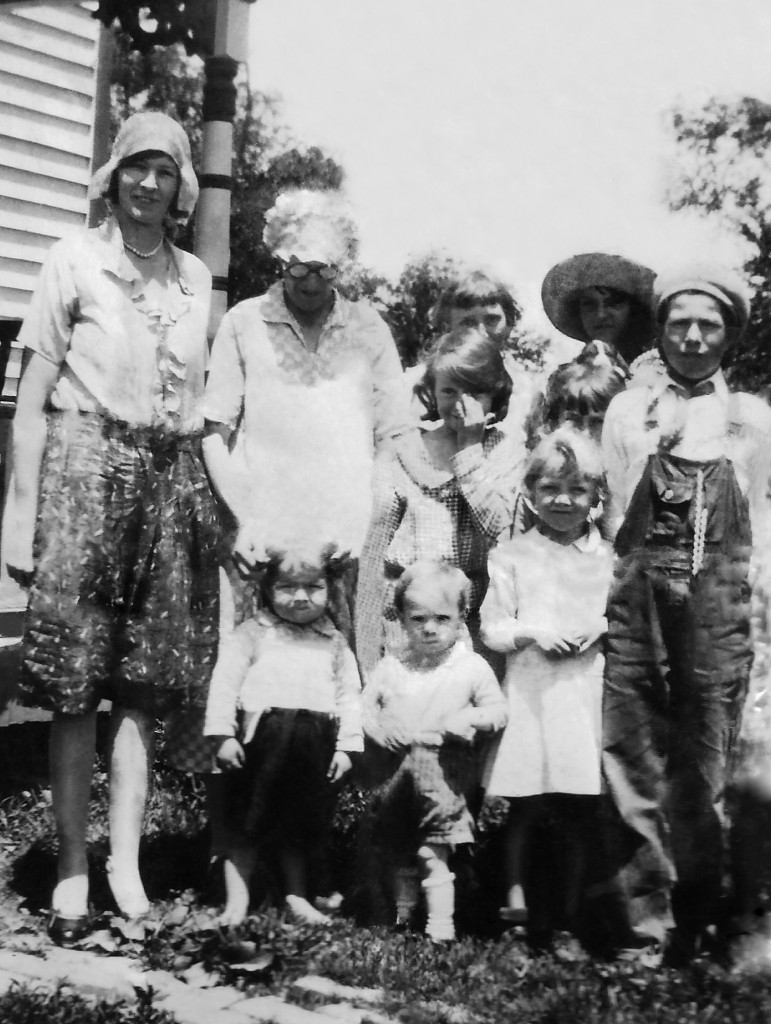
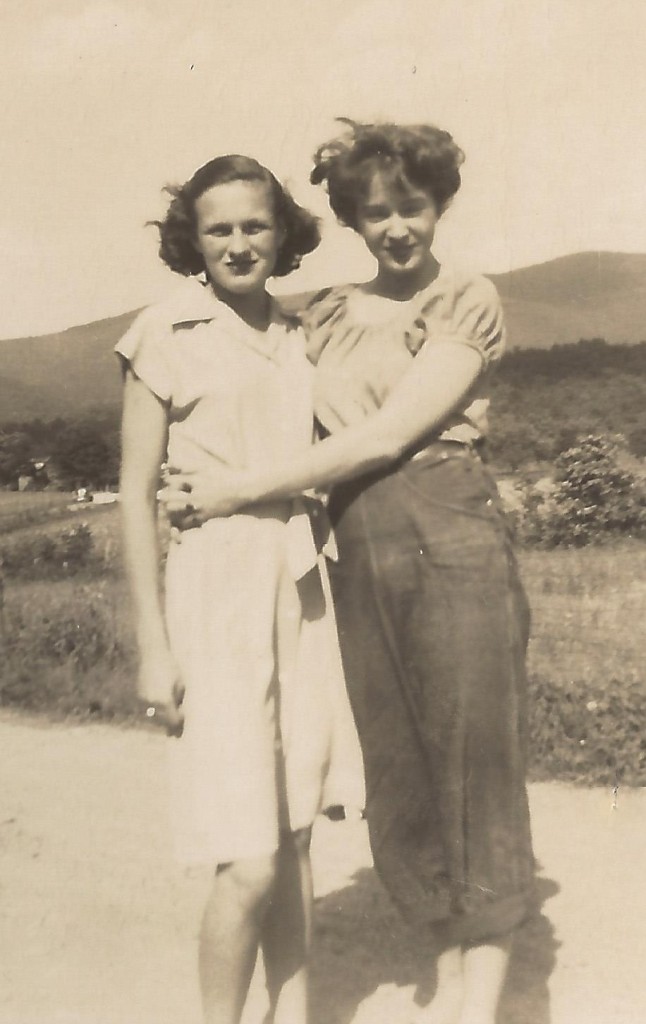 in the 1700s: Francis Meadows and his wife, Mary; and Martin Crawford and his wife, Elizabeth McDonald.
in the 1700s: Francis Meadows and his wife, Mary; and Martin Crawford and his wife, Elizabeth McDonald.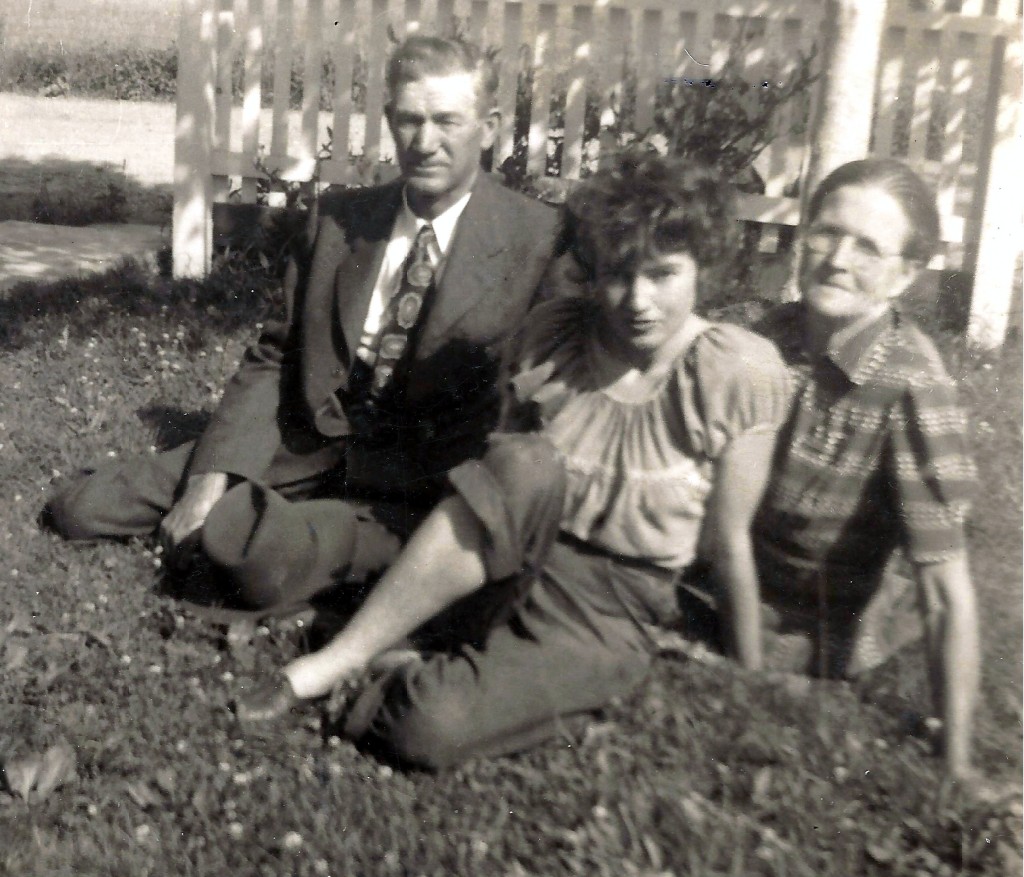 McDaniel, and David Turner and Catherine Lucas.
McDaniel, and David Turner and Catherine Lucas.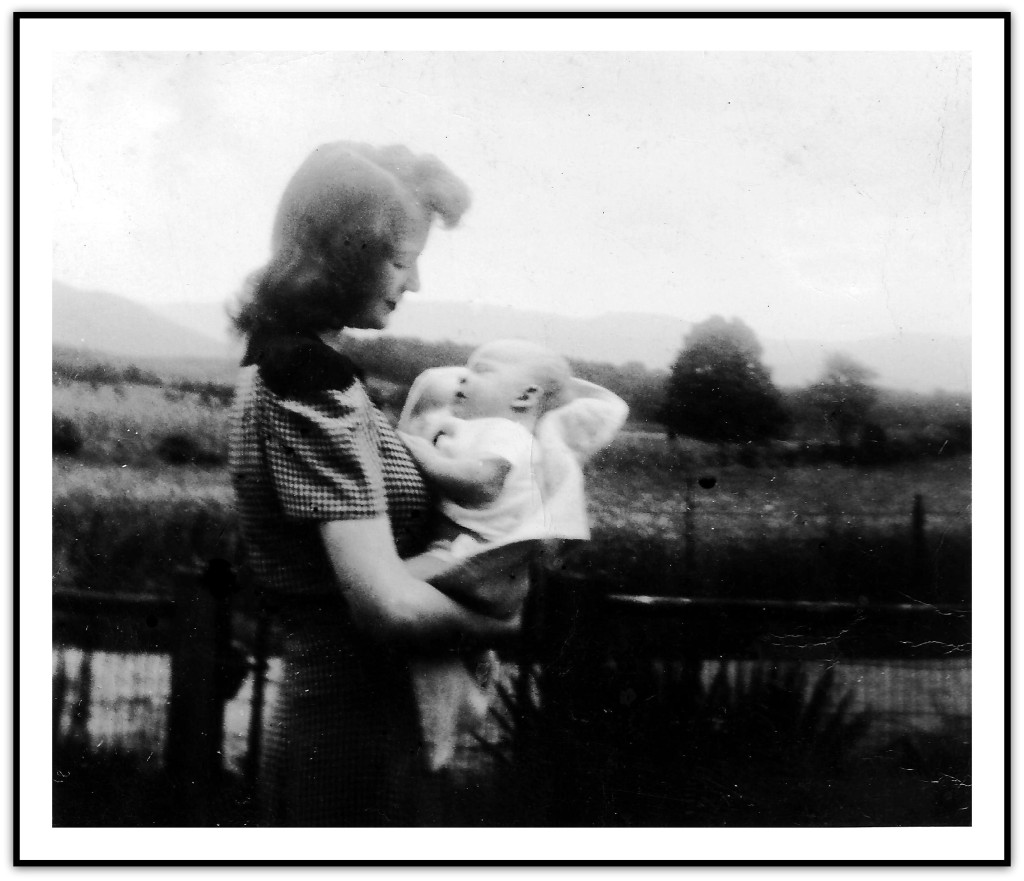
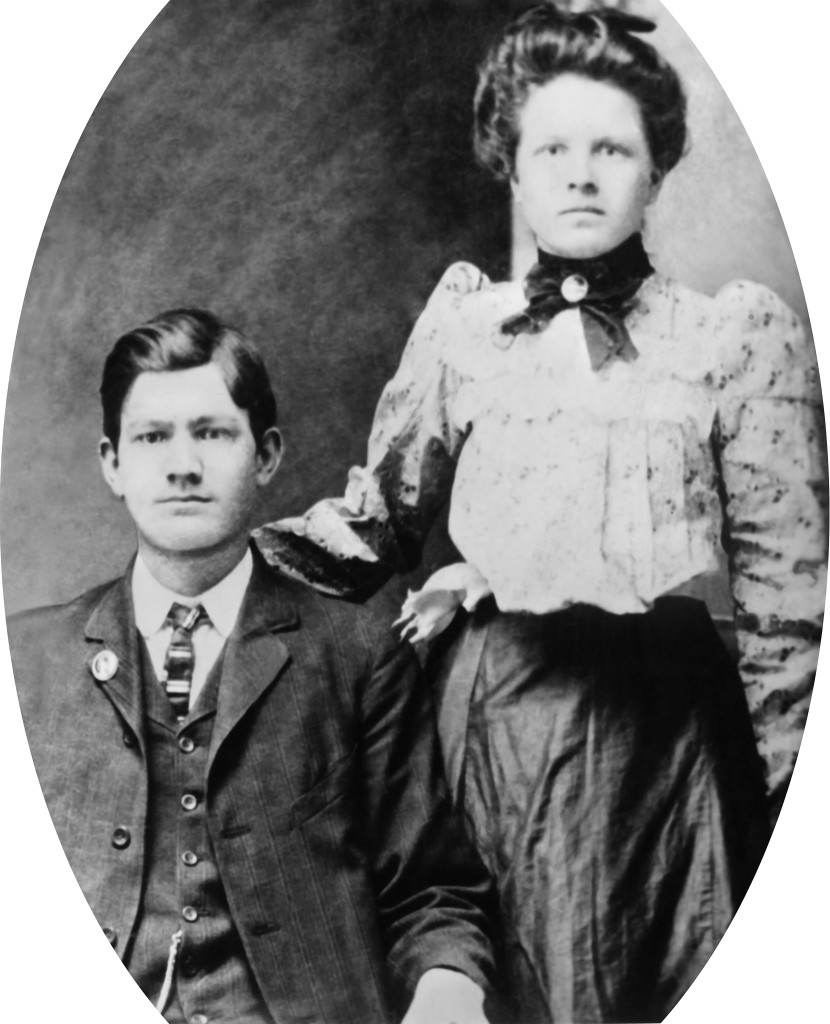
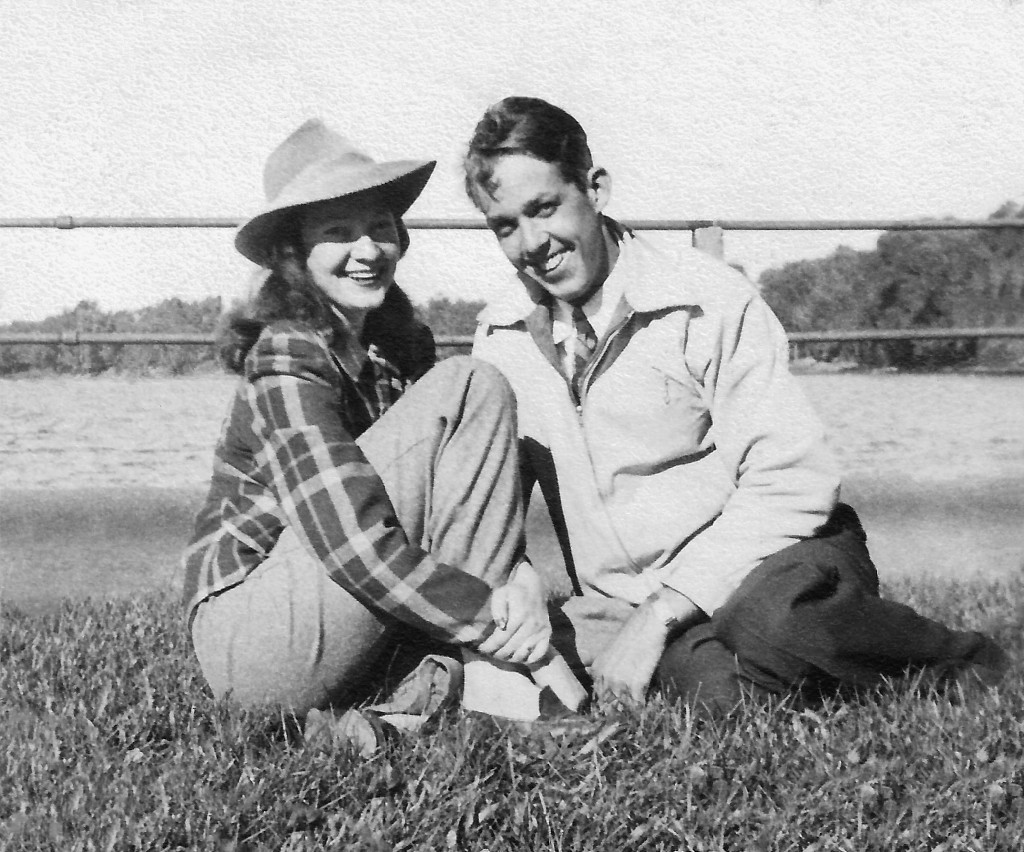
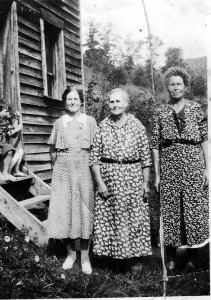
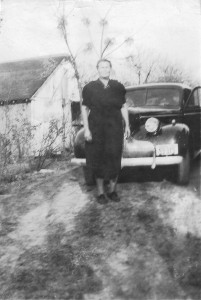
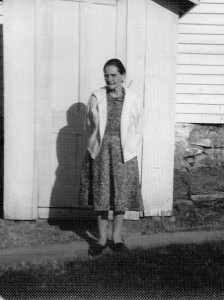
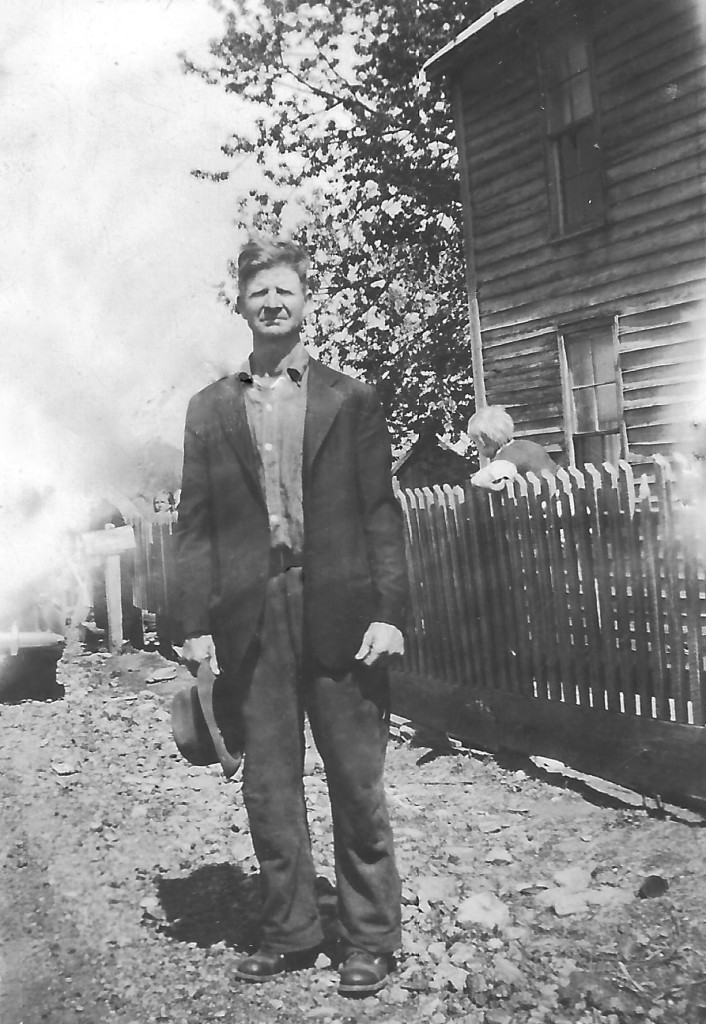
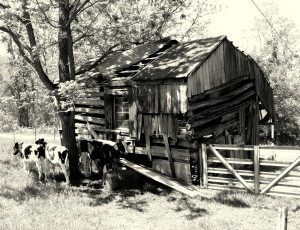 But for the tenants, I’m not so sure. I lived many years in rentals before buying a home. Renters have few rights, no matter where you are. That’s simply the way it is, dehumanizing as it may be.
But for the tenants, I’m not so sure. I lived many years in rentals before buying a home. Renters have few rights, no matter where you are. That’s simply the way it is, dehumanizing as it may be.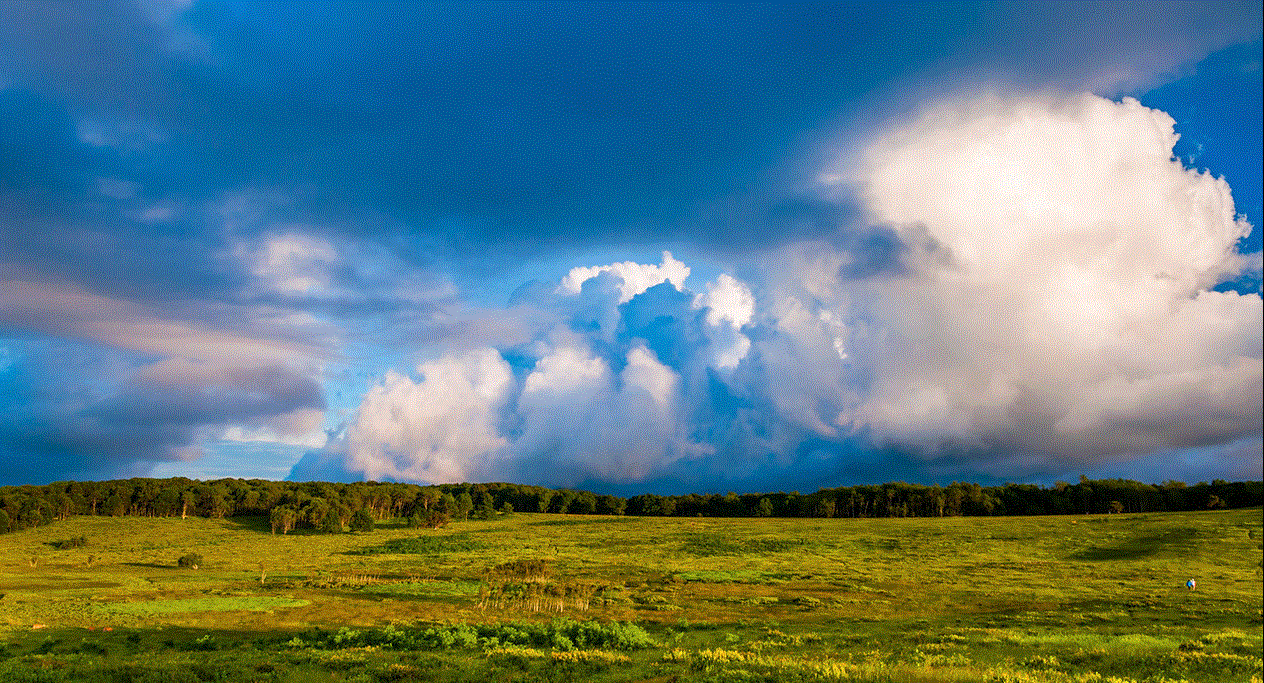
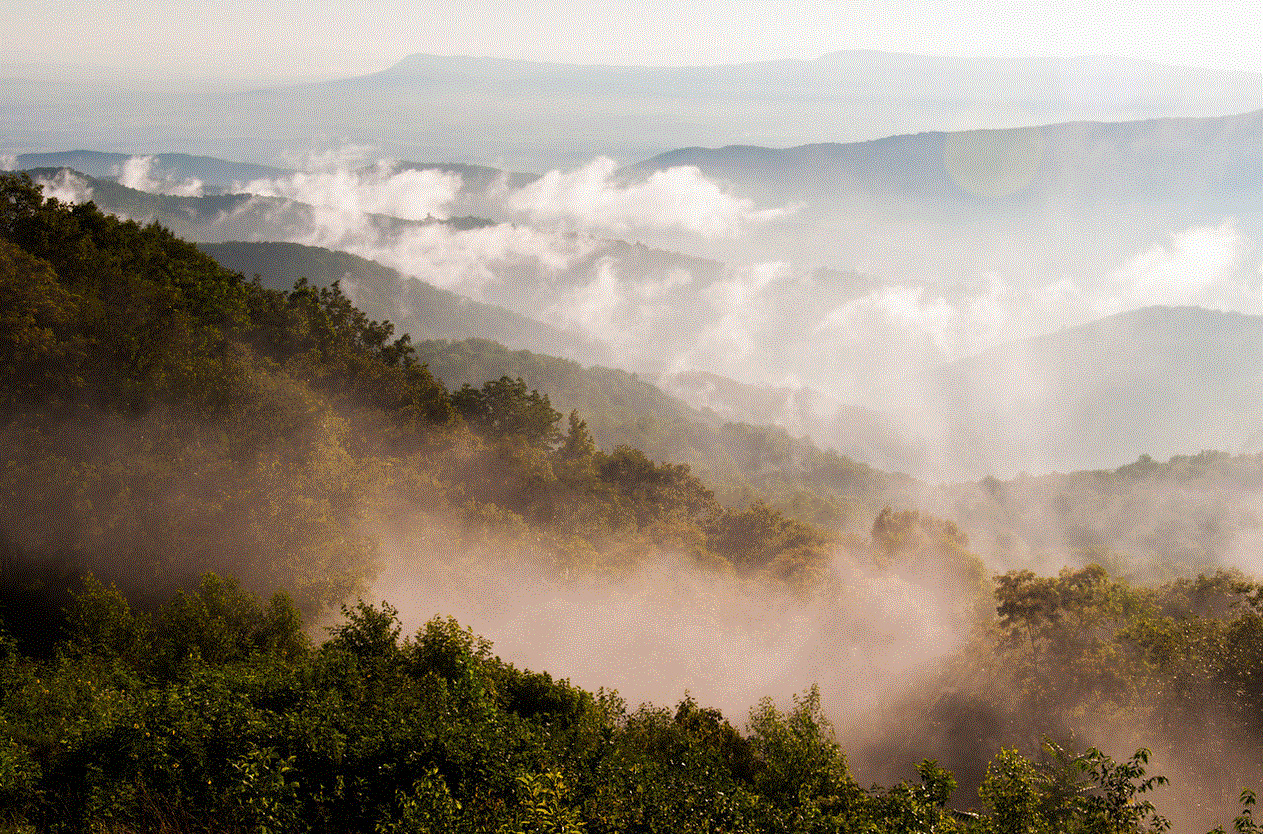
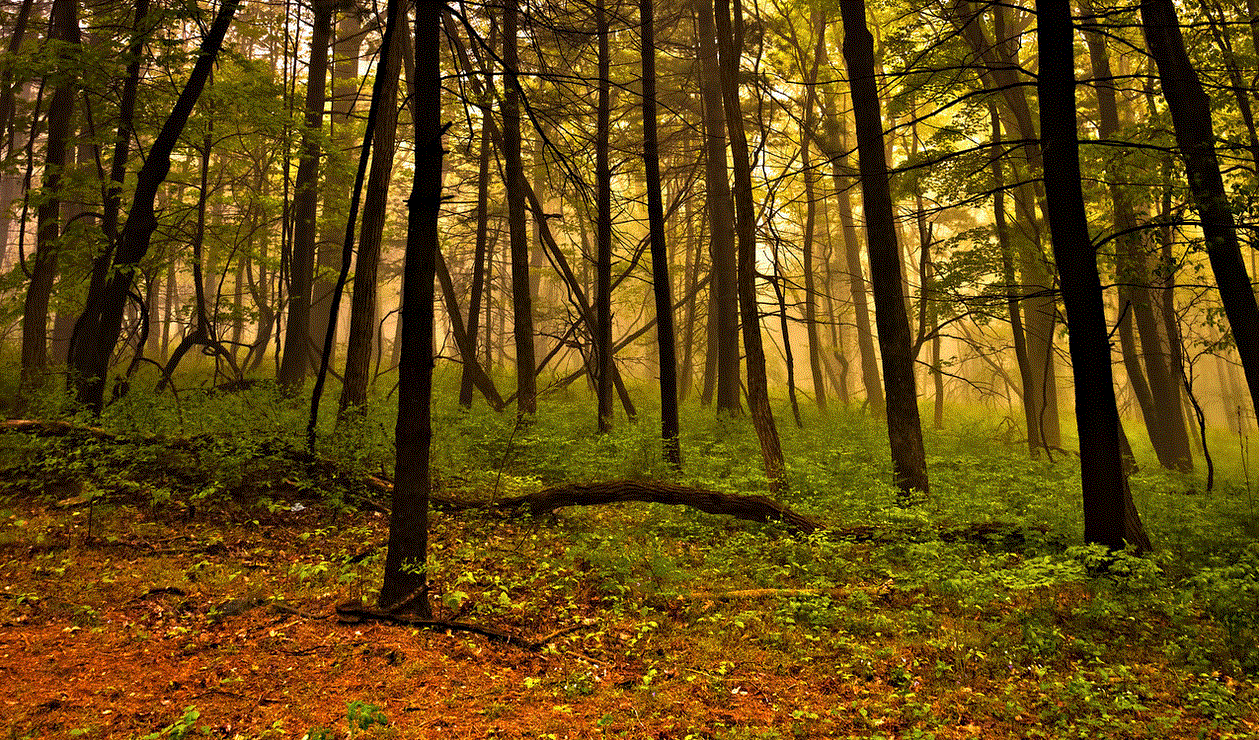

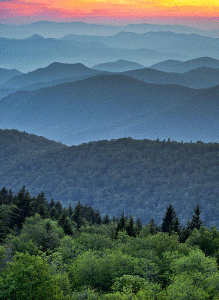 They are gentle, welcoming, not at all intimidating, as are our Sierras that separate California from the rest of the country like a knife edge.
They are gentle, welcoming, not at all intimidating, as are our Sierras that separate California from the rest of the country like a knife edge.

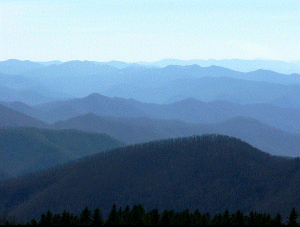 There is a profound silence telling you that secrets hide here, covered by mists and time and the forests that reclaim their pristine past.
There is a profound silence telling you that secrets hide here, covered by mists and time and the forests that reclaim their pristine past.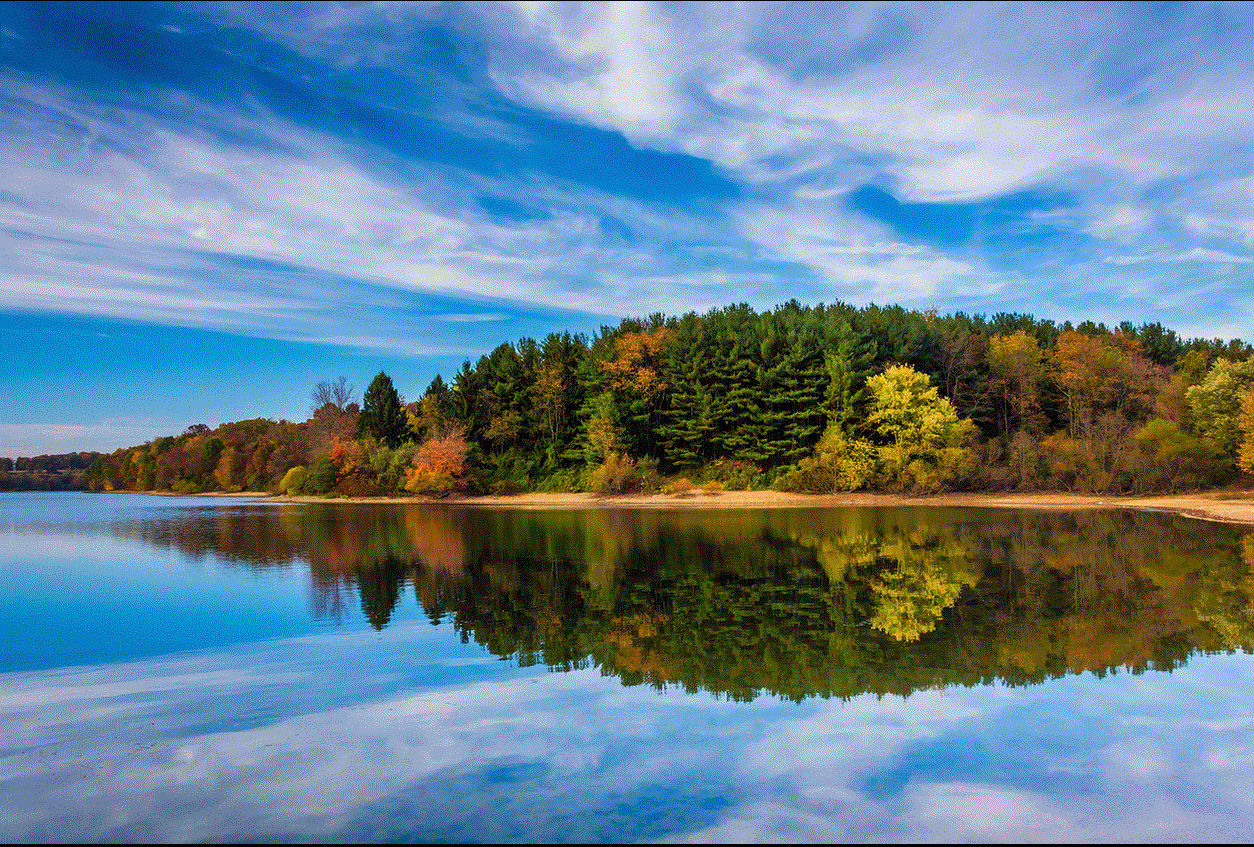 Of the Blue Ridge, he wrote:
Of the Blue Ridge, he wrote: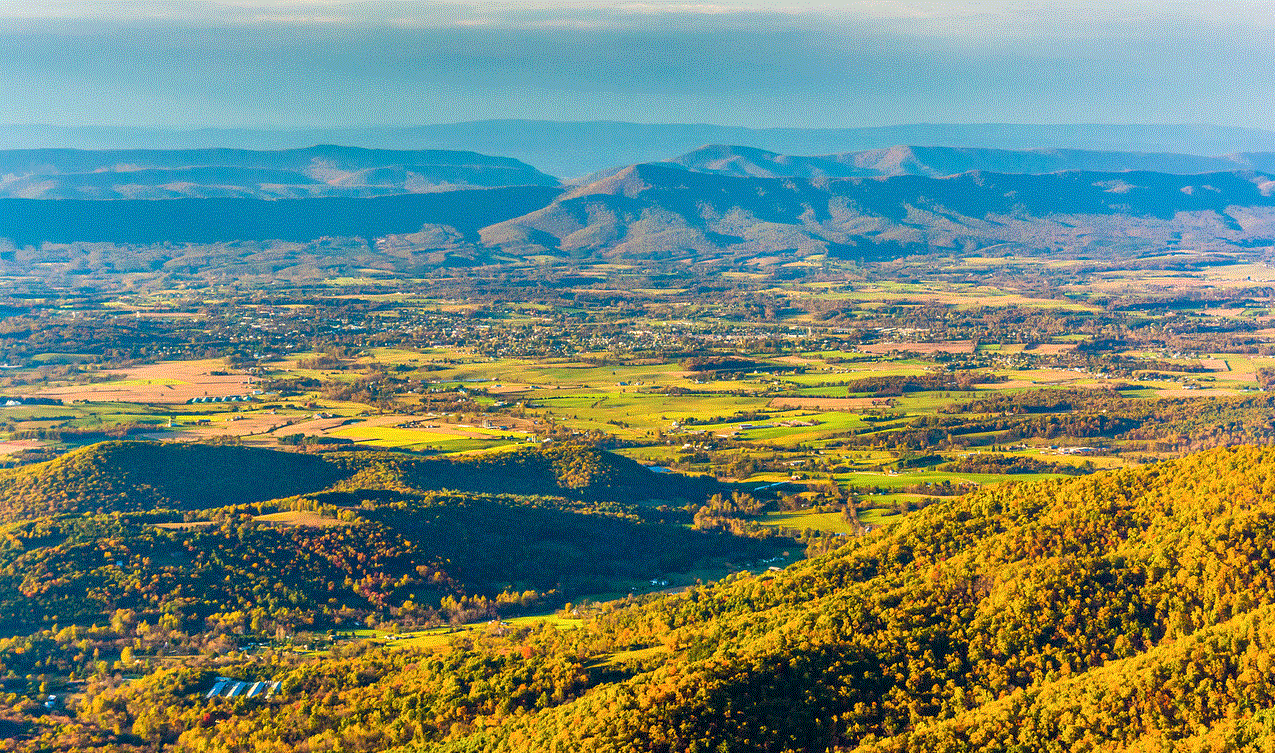 And of Shenandoahans, he wrote:
And of Shenandoahans, he wrote: I couldn’t agree more.
I couldn’t agree more.















